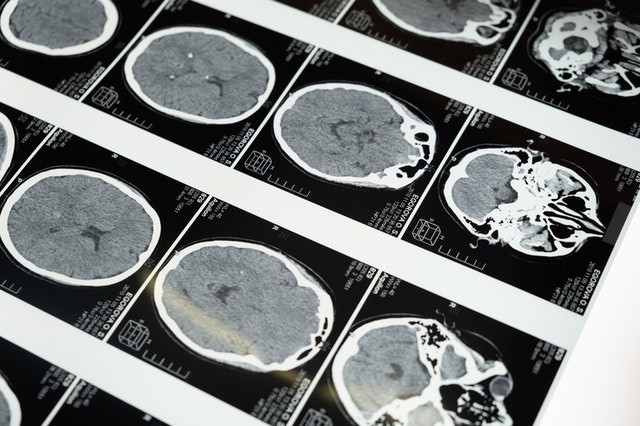New research recently suggested that the role of Fragile X mental retardation protein or FMRP is more sophisticated compared to what was previously known.
A EurekAlert! report specified that looking at memory neurons in the mouse brain's hippocampus region, Rockefeller researchers discovered that the FMRP protein has two different tasks.
Inside the extensions of neurons, also known as dendrites, it controls proteins needed for strengthening the links with other neurons. Within the body of the cell, though, FMRP controls the gene expression's general state in the neuron.
The question about what would happen within neurons when one memorizes a password or learn to play cello now arises.
ALSO READ : Silver and Zinc Oxide's Ability to Penetrate the Blood-Brain Barrier Dictated by Its Form and Shape

FMRP Protein
Some of the basic insights about learning and memory come from studying conditions in which cognitive development is interrupted.
For instance, FMRP, a protein whose loss is causing fragile X syndrome, intellectual incapacity, and some forms of autism, has played a vital role in such brain functions, helping regulate synaptic connections between neurons.
According to Robert Darnell, Rockefeller's Robert and Harriet Heilbrunn Professor and HHMI Investigator who led the study, by micro-dissecting the brain, they were able to show that this protein regulates unique functions at different cellular areas.
The findings, published in the eLife journal, may provide new hints to mechanisms that underlie learning and memory, autism, and intellectual dysfunction.
The CLIP Technique
Every memory's formation, or another one's fading, needs a change in the synapses' strength between neurons. As entering communication is reaching it in the form of an electric indication, a neuron can adjust synaptic strength, for instance, by producing new receptors or eliminating old ones, an upgrade that needs it to produce a slew of new proteins rapidly.
As indicated in the study, such a protein production takes place in the dendrites of the cell, filled with RNA molecules waiting to be translated into proteins. Essentially, FMRP functions as a switch, postponing translation by binding to the RNA sequences and then starting it up by detaching from the RNA.
Over 900 RNAs are known to be bound directly and controlled by FMRP. For a better insight into the role of protein in learning and memory, Darnell and his colleagues marked individual mouse neurons using molecular genetics.
They then dissected synapses and cell bodies by hand to have them separated. Net, the researchers used a technique called CLIP which the lab developed to freeze protein-RNA complexes in their location and examine their construction.
Meanwhile, the dendrite fraction comprised FMRP bound to RNAs whose protein products can modify the synaptic response.
Phenomenon Observed
Concurrently, inside the cell body of the same neuron, the protein is bound to a different RNA set coding for chromatin modifiers, proteins that control gene expression by entering the cell nucleus, not to mention adding chemical tags to DNA.
The research findings have proposed that FMRP, which is detailed in Brain Research Bulletin, contributes to the establishment of a feedback loop between the nucleus and the dendrites, a mechanism that the lead author believes may offer crosstalk between the command center of a cell, and its thousands of faraway extensions, keeping the synaptic reaction under control.
Darnell also said if neurons were not under tight control, they could continue to get more and more excited, eventually resulting in a seizure, a phenomenon observed: "in a fragile X syndrome." He added the system is developed to control itself.
Related information about the brain's learning system is shown on ABC News's YouTube video below:
RELATED ARTICLE : Magnetic Helmet Developed to Shrink Aggressive Brain Tumor; 1st Time to Test on 53-Year-Old Patient
Check out more news and information on Brain in Science Times.
© 2025 ScienceTimes.com All rights reserved. Do not reproduce without permission. The window to the world of Science Times.











